The Evolution of Web Content Management: From Static Pages to Dynamic Experiences

Introduction
The web has come a long way since its inception, and so has the way we manage content online. From the early days of static websites to today’s interactive web experiences, web content management systems (CMS) have played a pivotal role in shaping how we interact with the digital world.
In this blog, we’ll trace the journey of web content management, highlighting key innovations that have transformed the landscape and offering insights into where it’s headed. Along the way, we’ll explore how tools like Orbitype are shaping the future of CMS.
The Early Days of Web Content
Static Web Pages (1990s)
The internet began as a collection of static websites—simple HTML documents manually coded by developers. Each page was a standalone entity, which meant every update required editing the code directly. These early websites were:
Basic and functional, often with text-heavy content and minimal interactivity.
Time-consuming to maintain, as any change involved manually updating files.
Limited in scope, as they offered no dynamic features like search or interactive experiences.
For businesses and individuals, managing even small websites was a monumental task. The lack of scalability and flexibility made it clear that a better solution was needed.
The Advent of Basic CMS
Emergence of Early CMS (Late 1990s – Early 2000s)
To simplify website management, basic CMS tools like Microsoft FrontPage and Macromedia Dreamweaver emerged. These tools introduced:
Templating Systems: Users could update content from presentation without touching the underlying HTML code.
Drag-and-Drop Interfaces: Made web design more accessible to non-developers.
Basic Publishing Features: Allowed quicker deployment of changes.
However, these systems were far from perfect. They were often rigid, lacked collaboration features, and were primarily desktop-based, which limited their utility in an increasingly online world.
Dynamic Content Revolution
Dynamic Websites (2000s)
As the internet grew, so did the demand for websites that could provide real-time updates, personalization, and interactive experiences. Enter dynamic websites, powered by server-side scripting languages like PHP and databases like MySQL.
Popular CMS platforms such as WordPress, Drupal, and Joomla revolutionized the industry by introducing features like:
Separation of Content and Design: Content was stored in a database and rendered dynamically, making updates easier.
User Roles and Permissions: Allowed multiple users to collaborate on content creation.
Plugins and Themes: Expanded functionality and made customization accessible.
This era marked a significant shift toward websites as living, adaptable entities. Businesses, bloggers, and organizations now had tools that empowered them to manage content without extensive technical expertise.
The Rise of Headless CMS
Decoupled Architecture (2010s)
As technology advanced, so did the need for CMS platforms that could handle content across multiple channels—websites, mobile devices, smart devices, and more. Traditional CMS platforms struggled to meet these demands, paving the way for headless CMS solutions.
What is a Headless CMS?
A headless CMS separates the backend (where content is created and stored) from the frontend (where content is displayed). This architecture offers:
Flexibility: Developers can use any programming language or framework to build the frontend, including client-side scripting languages.
Omnichannel Delivery: Content can be pushed to websites, apps, IoT devices, and even AR/VR platforms.
Improved Performance: Faster load times and better scalability.
Platforms like Contentful, Sanity, and Strapi became popular, but each had its limitations. Orbitype entered the scene, offering unique features like an adaptable API, automatic dashboards, and no vendor lock-in, addressing pain points that other headless CMS platforms often overlooked.
Innovations in Modern CMS
Focus on Dynamic Experiences (2020s)
Modern CMS platforms are no longer just about managing content—they’re about creating engaging, digital experiences. Key innovations include:
Automation Tools: Tools that streamline workflows and improve efficiency.
Integrations: APIs that connect CMS platforms with marketing tools, CRMs, and analytics systems.
Personalization: Tailored user experiences based on behavior, location, and preferences.
Orbitype supports these trends by enabling businesses to unify and manage data, files, and tools from a single place. Its API-driven approach ensures adaptability with existing software, while its intuitive dashboards simplify content management for teams of all sizes.
Future Trends in Web Content Management
The evolution of CMS is far from over. As technology continues to advance, we can expect:
More Automation: From content generation to user behavior analysis, automation will play a pivotal role in future CMS capabilities.
Focus on Privacy and Security: As data protection regulations tighten, CMS platforms will need to prioritize secure and compliant content management.
Support for Emerging Technologies: CMS platforms will need to adapt to AR, VR, and metaverse applications, making content creation for these mediums straightforward.
Responsive Web Design: Enhanced adaptability to various screen sizes and resolutions will ensure seamless performance across all mobile devices.
Orbitype’s forward-thinking approach ensures it remains at the forefront of these trends, offering businesses a future-ready solution for their content needs.
Conclusion: Staying Ahead With AI and Automation
The journey of web content management—from static pages to dynamic, headless architectures—is a testament to the power of innovation. Today’s CMS platforms are more than tools; they are enablers of creativity, efficiency, and connection.
As we look to the future, platforms like Orbitype are redefining what’s possible, ensuring businesses can thrive in an ever-changing digital landscape. You can also learn about our solutions, check out our documentation, explore blog posts, or view our pricing to discover the future of CMS for yourself.
Read more
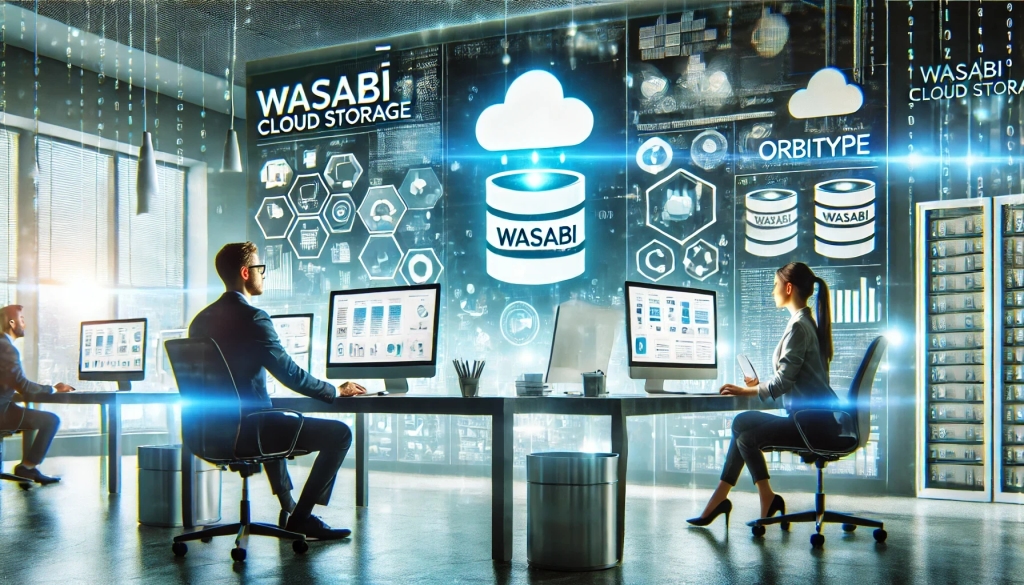
Seamless Data Management: Integrating Wasabi Cloud Storage with Orbitype
Boost your CMS performance with Wasabi Cloud Storage and Orbitype integration. Learn how this cost-effective, scalable solution enhances data management and delivers exceptional results.
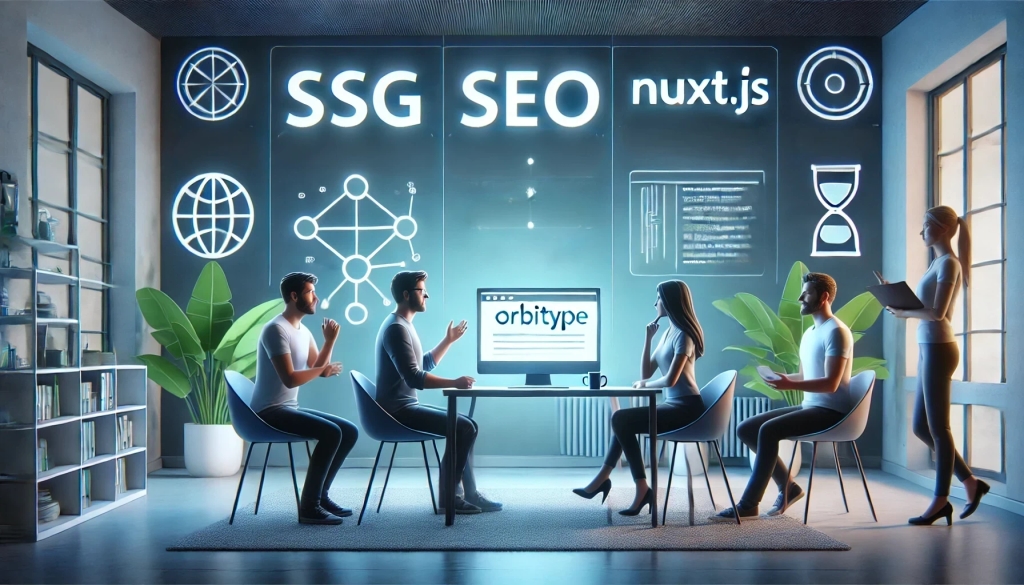
Integrating Orbitype with Nuxt.js for Optimal Performance and SEO
Leveraging Orbitype, a robust headless CMS, with Nuxt.js, a Vue.js framework, provides developers a powerful solution for building fast, SEO-optimized websites. This blog post explores how the integration of Orbitype and Nuxt.js harnesses the benefits of static site generation (SSG) and server-side rendering (SSR), thanks to Orbitype's API-driven content management system.
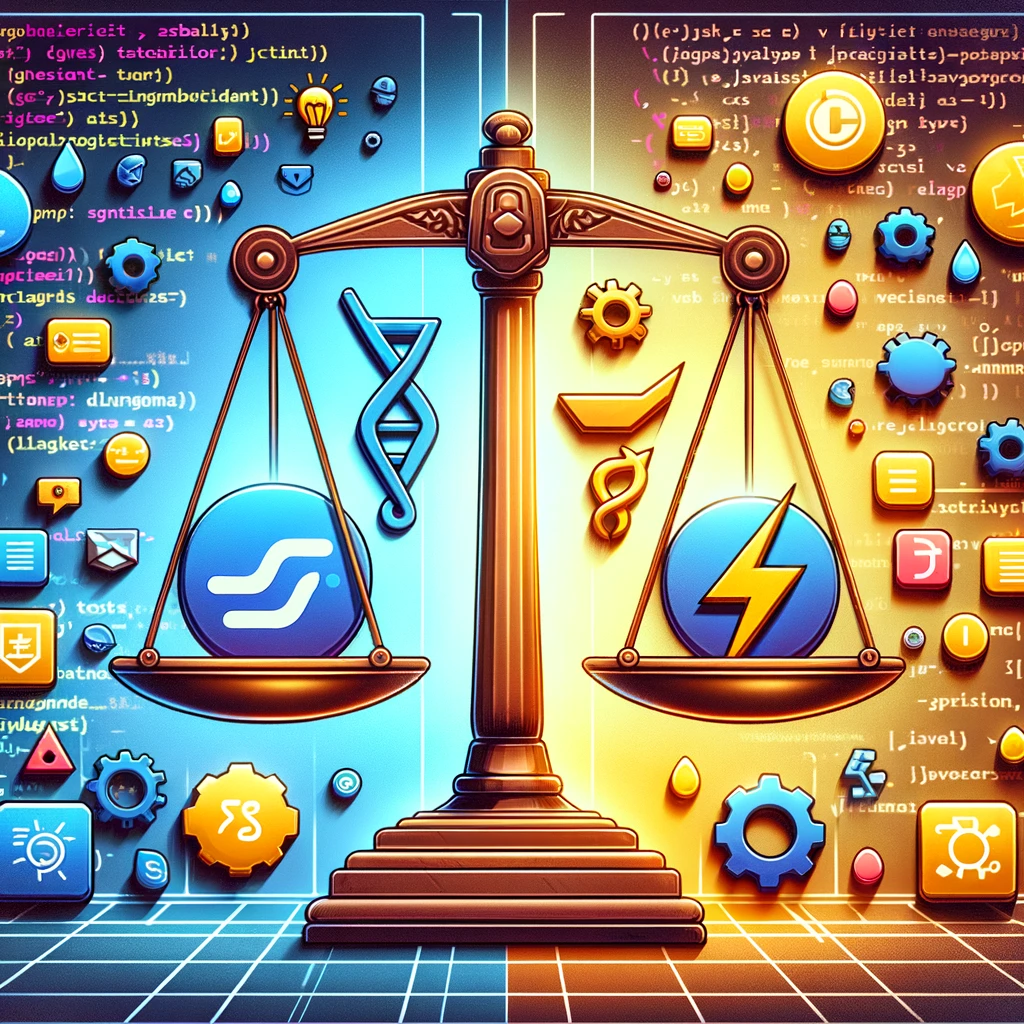
TypeScript vs. JavaScript
Discover the synergy between TypeScript and JavaScript for web development. Learn how Orbitype supports Nuxt CMS, headless CMS for Nuxt, and future-ready digital trends.
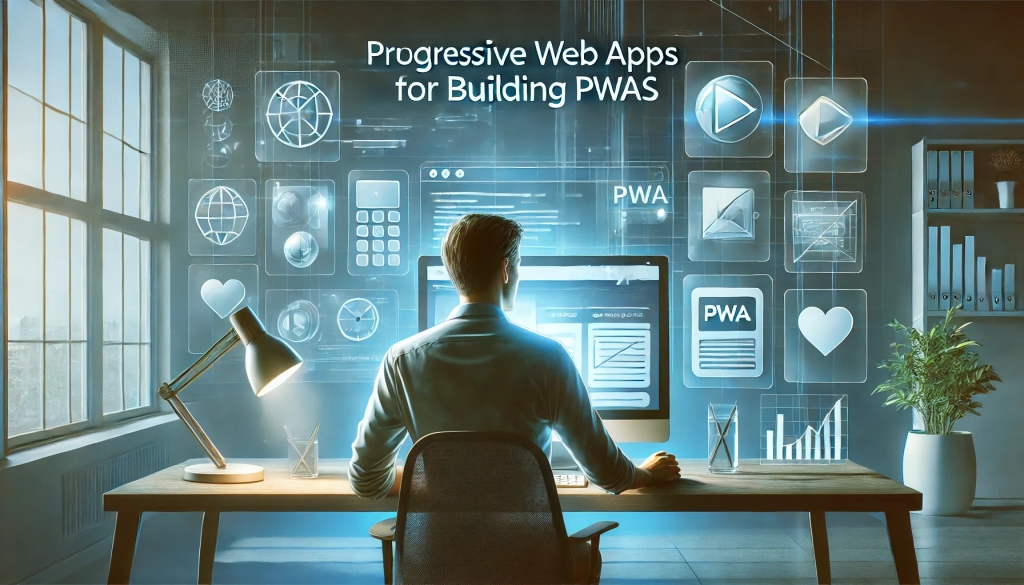
Building Progressive Web Apps (PWAs) with Orbitype
Explore how Orbitype enhances Progressive Web Apps (PWAs) with optimized performance, offline capabilities, and seamless content management for superior user experiences.
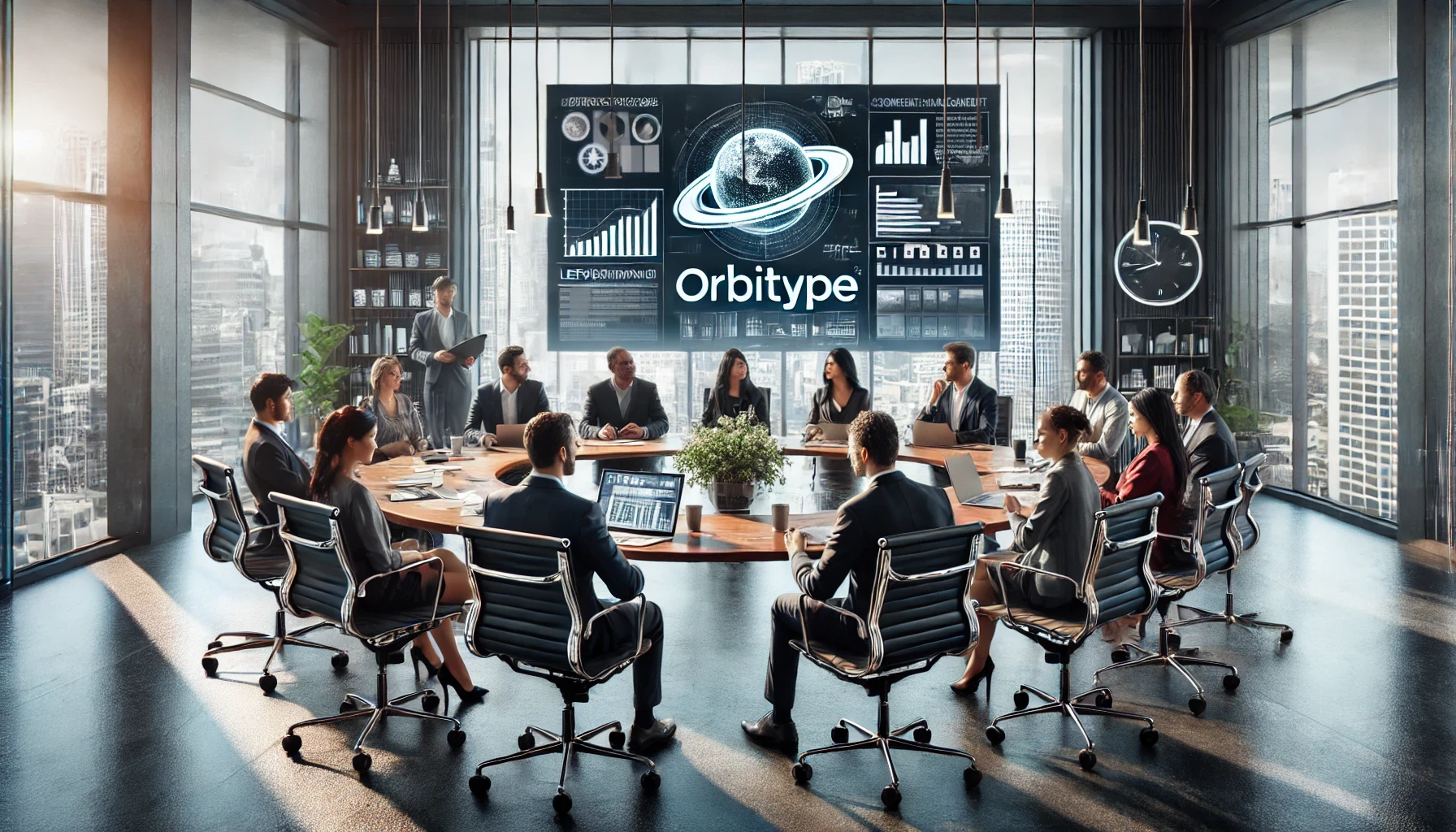
Leveraging Orbitype for Efficient Content Management in E-Commerce
nhance your e-commerce performance with Orbitype CMS. This scalable headless CMS simplifies content management, boosts SEO, and seamlessly integrates with Shopify, WooCommerce, and Magento for dynamic, flexible solutions.

Mastering Third-Party Integrations with a Headless CMS for Efficient Workflows
Streamline workflows and scale your business with seamless third-party integrations using Orbitype's flexible headless CMS—designed for efficiency, automation, and growth.
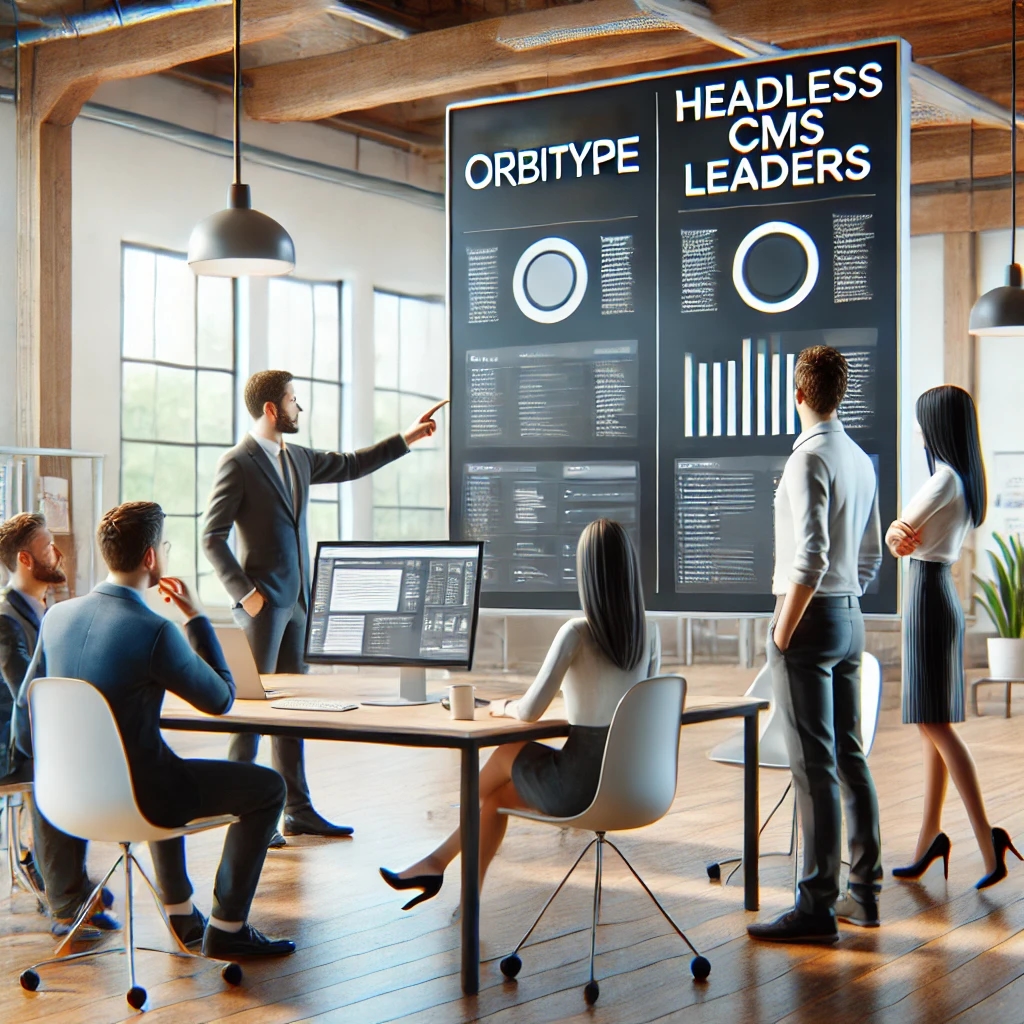
How Orbitype Compares to Headless CMS Leaders in 2025
Struggling to choose the best CMS? Discover how Orbitype compares to headless CMS leaders in 2025, solving complexity and scalability challenges with ease. Try Orbitype!
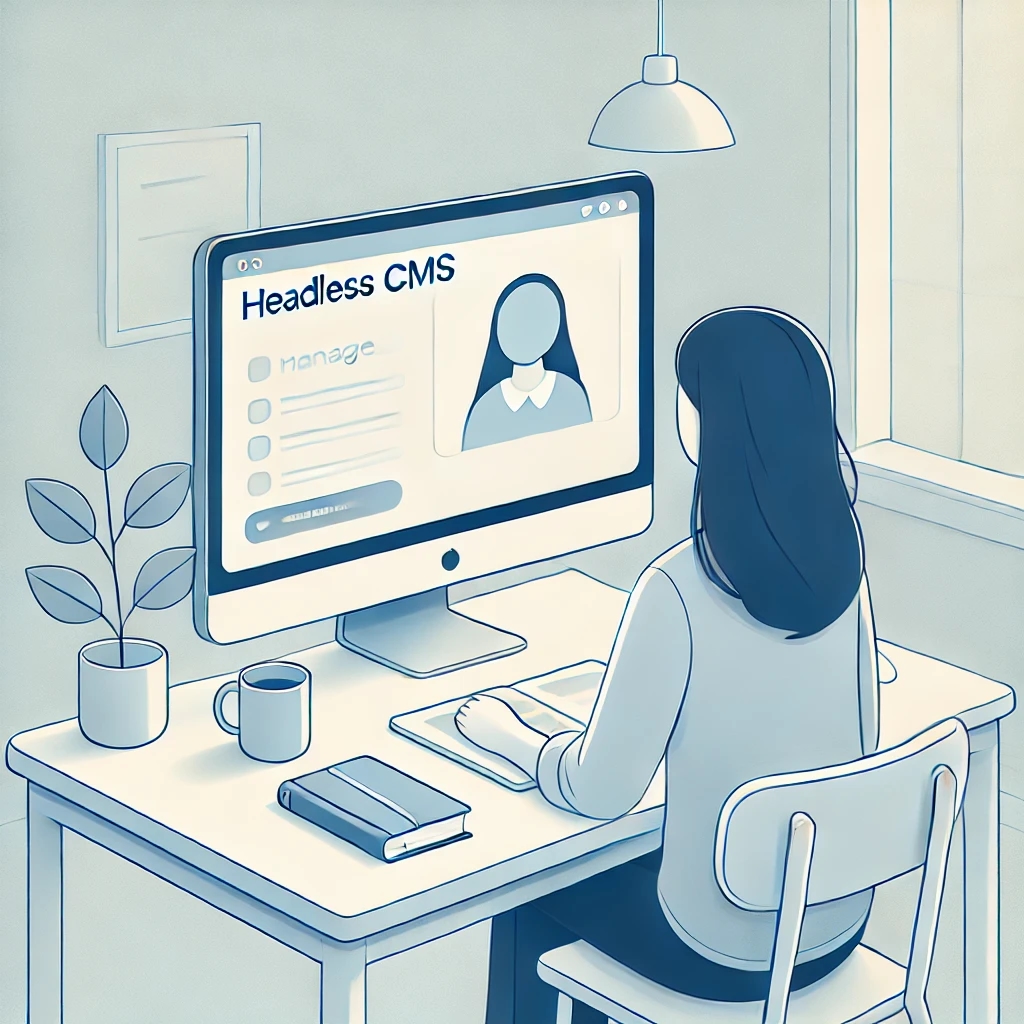
How Educational Institutions Benefit from Headless CMS for Online Learning
Enhance online learning with a Headless CMS. Discover how centralized content management, scalability, and seamless multi-channel access can transform educational platforms.
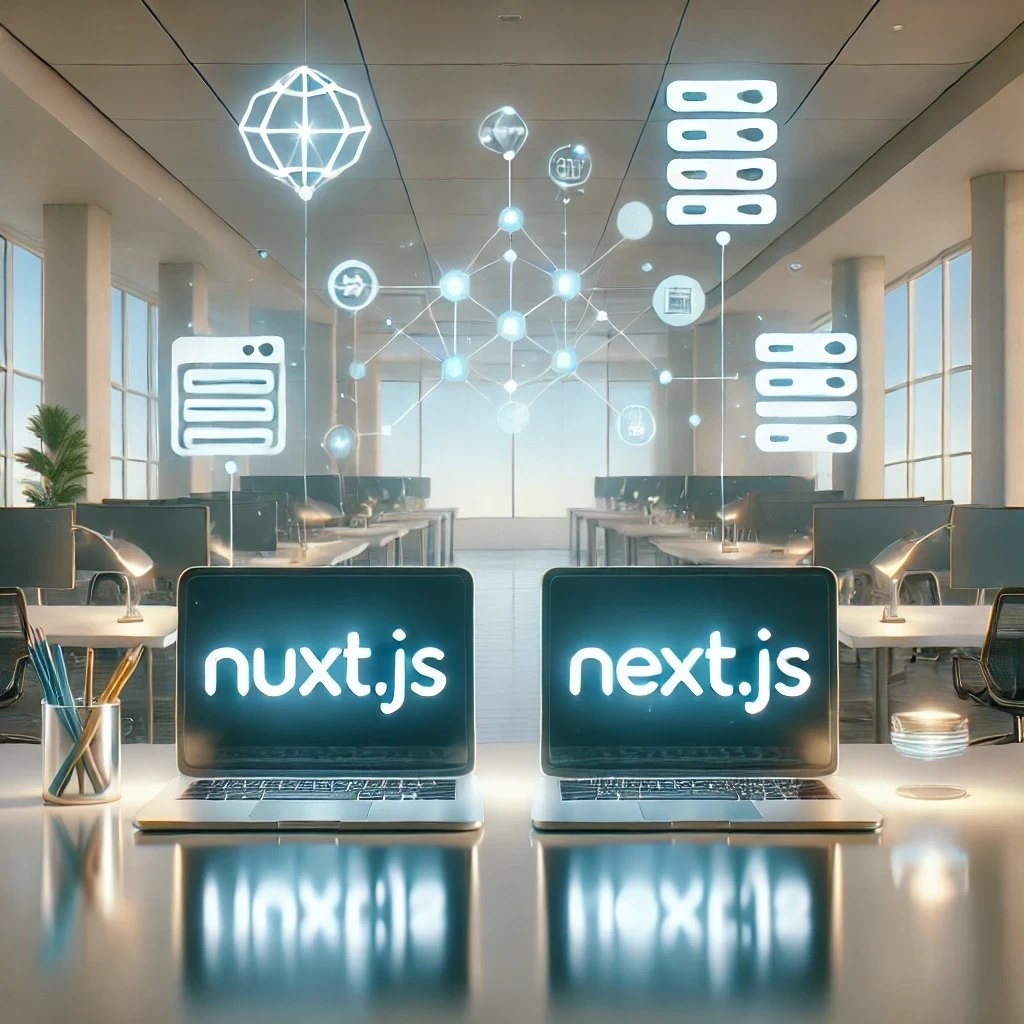
Nuxt vs Next: Which Framework Works Best with Headless CMS?
Compare Nuxt.js and Next.js to find the best frontend framework for your Headless CMS. Discover which offers better performance, scalability, and flexibility for dynamic web projects.
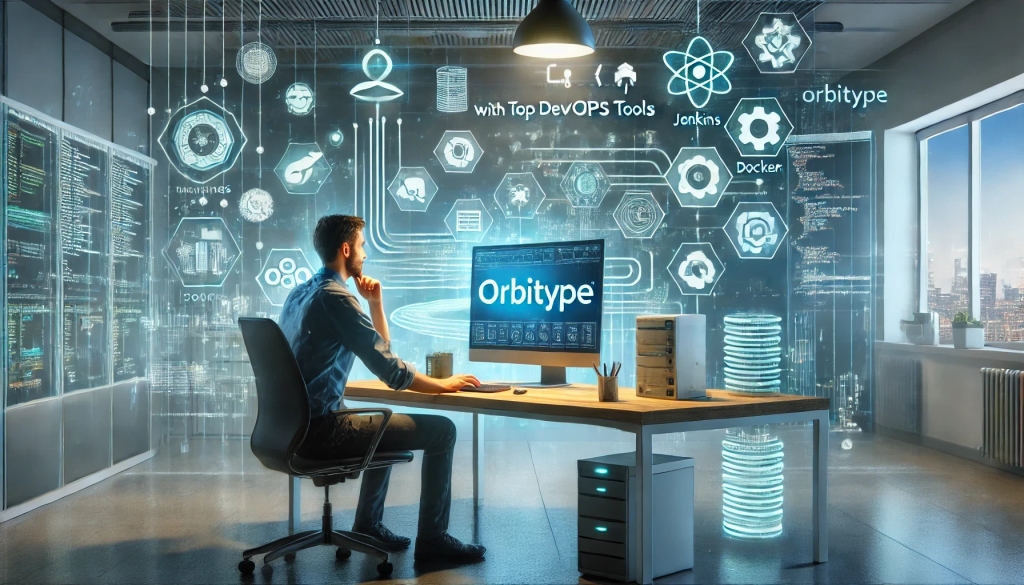
Streamlining Development: Integrating Orbitype with Top DevOps Tools
Discover how to integrate Orbitype with leading DevOps tools like Jenkins, Docker, and Kubernetes. Learn best practices for automating deployments, containerizing Orbitype, and scaling efficiently while streamlining workflows for continuous integration and delivery.
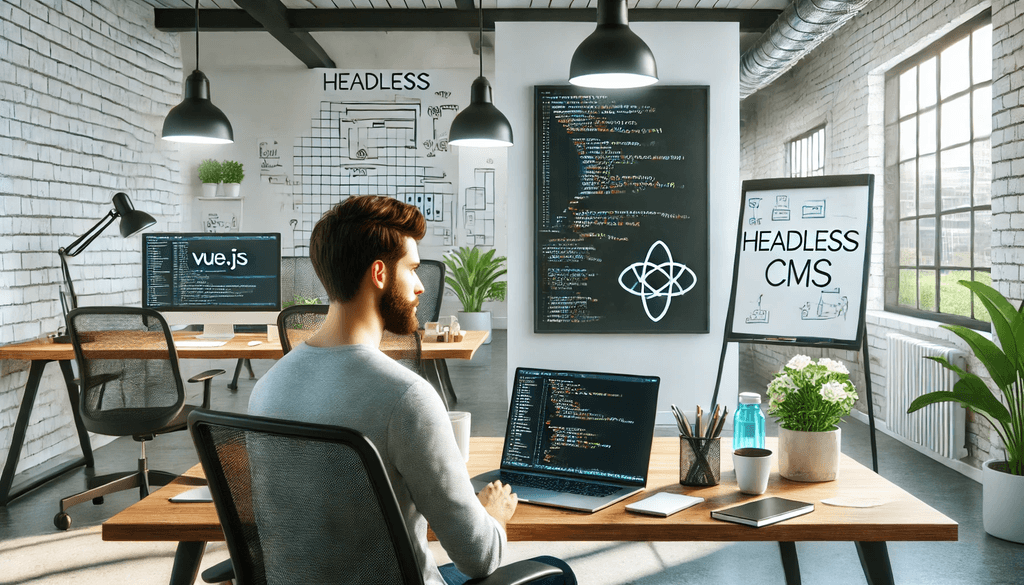
Building High-Performance Vue Apps with a Headless CMS
Discover how to optimize Vue.js apps with a Headless CMS for high performance, scalability, and SEO. Learn best practices and tools for creating dynamic web apps.

SQL or NoSQL: What's Best for Mobile Applications Using Orbitype?
Explore Orbitype, the ultimate headless CMS for React developers, offering seamless content management, enhanced performance, and flexibility to create dynamic web applications with ease. Learn how Orbitype simplifies workflows and boosts productivity.
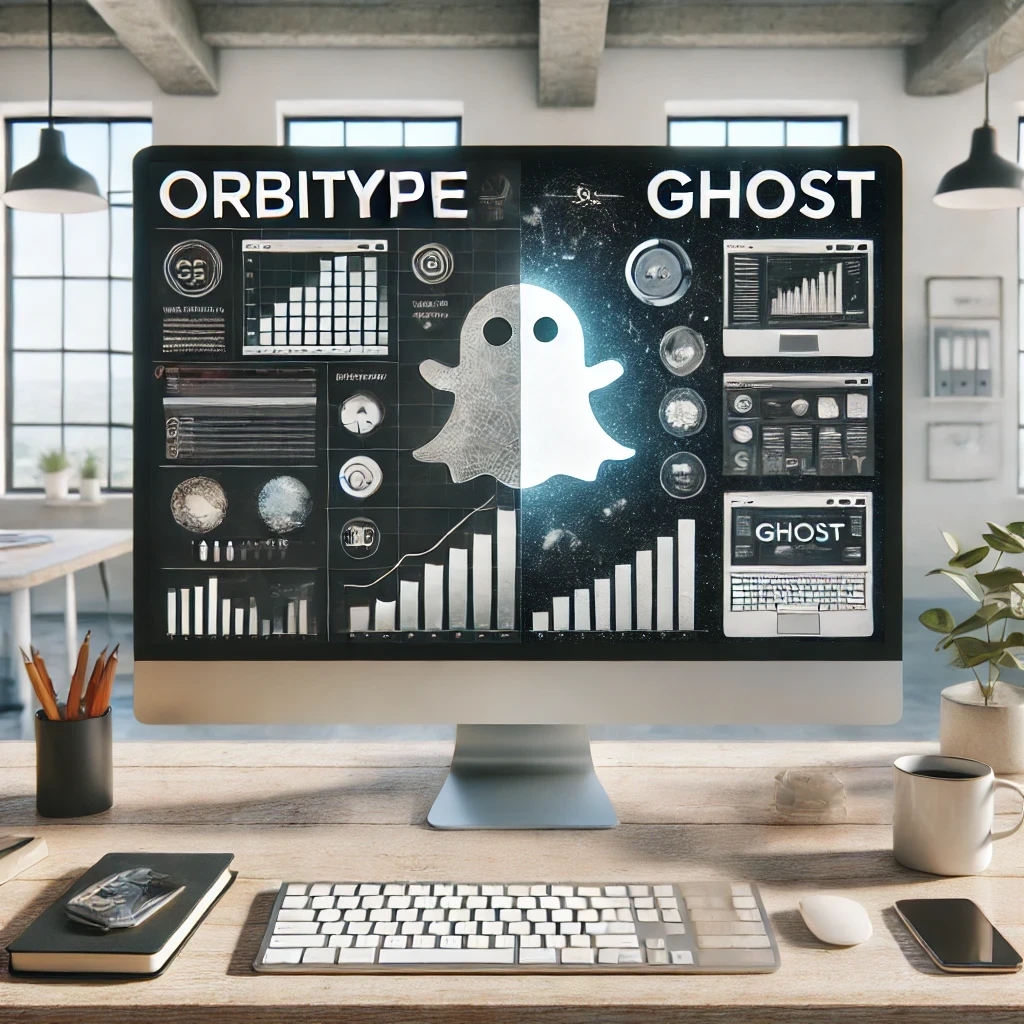
Comparing Orbitype and Ghost: Best CMS for Blogging in 2025
Compare Orbitype and Ghost to find the best CMS for blogging in 2025. Discover which platform suits your goals, from scalability to simplicity and dynamic content
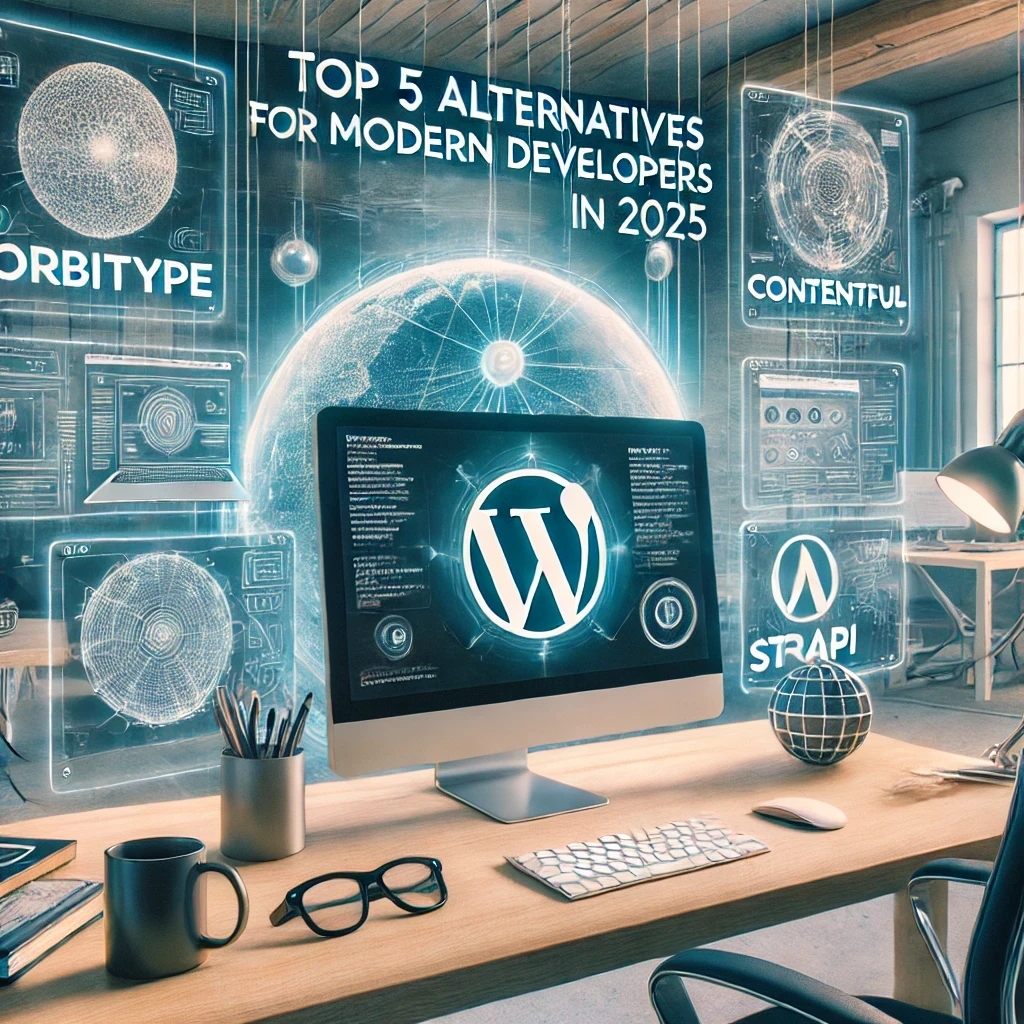
Top 5 Alternatives to WordPress for Modern Developers in 2025
Discover the top WordPress alternatives for 2025, including Orbitype, Contentful, and Strapi. Explore modern CMS platforms offering scalability, flexibility, and cutting-edge tools for developers.

Security and Compliance in Headless CMS: Focus on Orbitype
Explore headless CMS security with Orbitype: advanced authentication, data encryption, and compliance with GDPR & CCPA. Learn best practices for secure CMS operations.

10 Tips for Optimizing Core Web Vitals in Headless CMS Websites
Discover 10 actionable tips to optimize Core Web Vitals for Headless CMS websites. Improve performance, SEO, and user experience with these essential strategies.
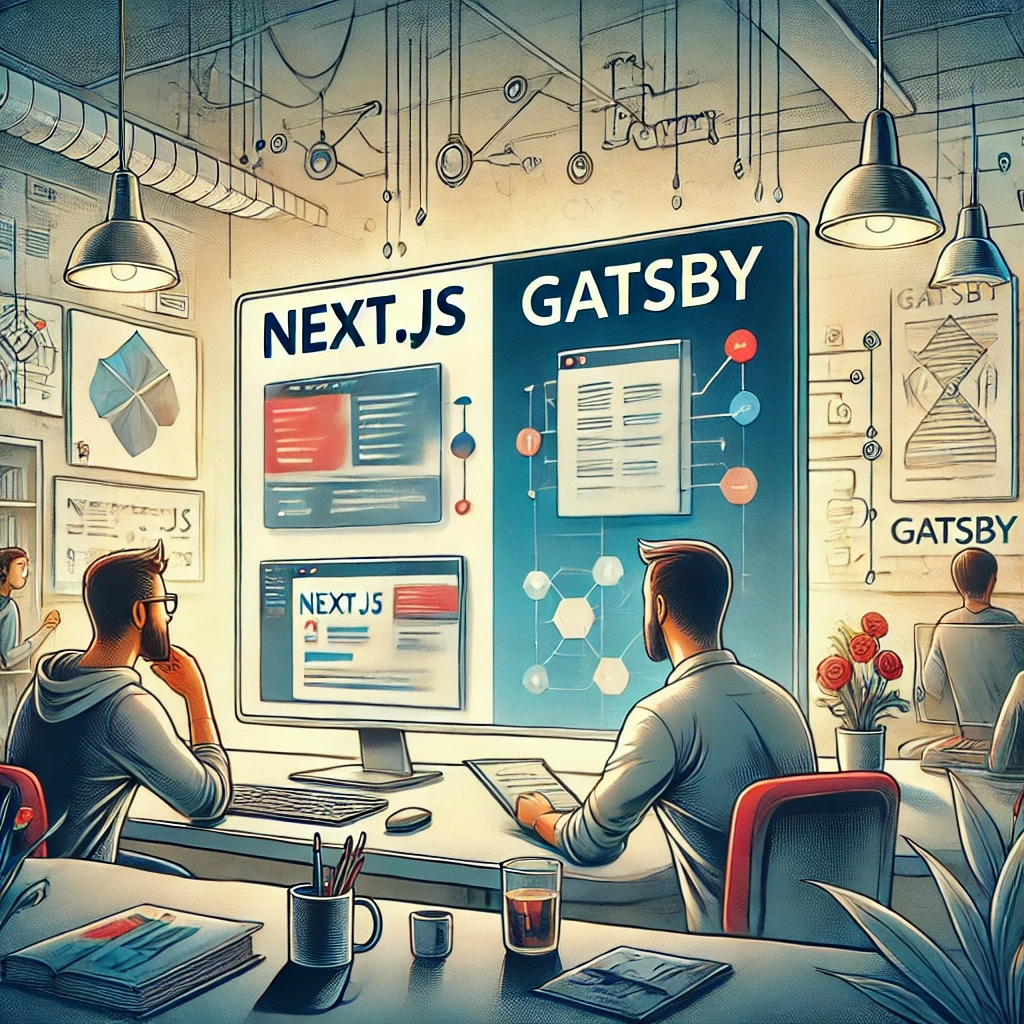
Next.js vs Gatsby: Which Works Best With a Headless CMS?
Choosing between Next.js and Gatsby can be challenging when working with a Headless CMS. This guide breaks down their strengths and helps you decide which framework works best for your dynamic or static content needs.

CMS for Vue.Js - Orbitype Headless CMS
Explore Orbitype, the best Headless CMS for Vue.js, offering seamless API integration, dynamic content management, and unmatched performance for interactive front-end development.
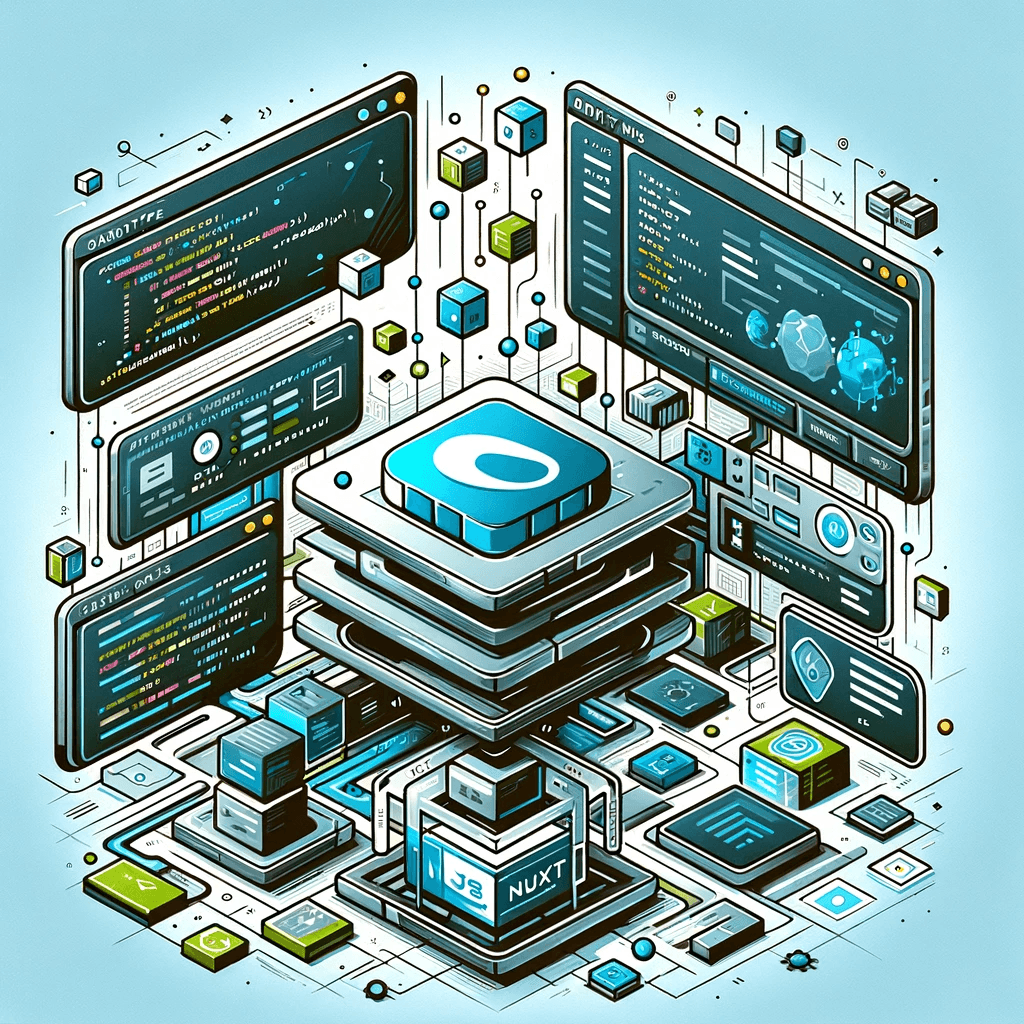
CMS for Nuxt - Orbitype Headless CMS
Optimize your Nuxt.js projects with Orbitype, the API-first Headless CMS offering scalable content management, multimedia repositories, and enhanced SEO for modern web applications.
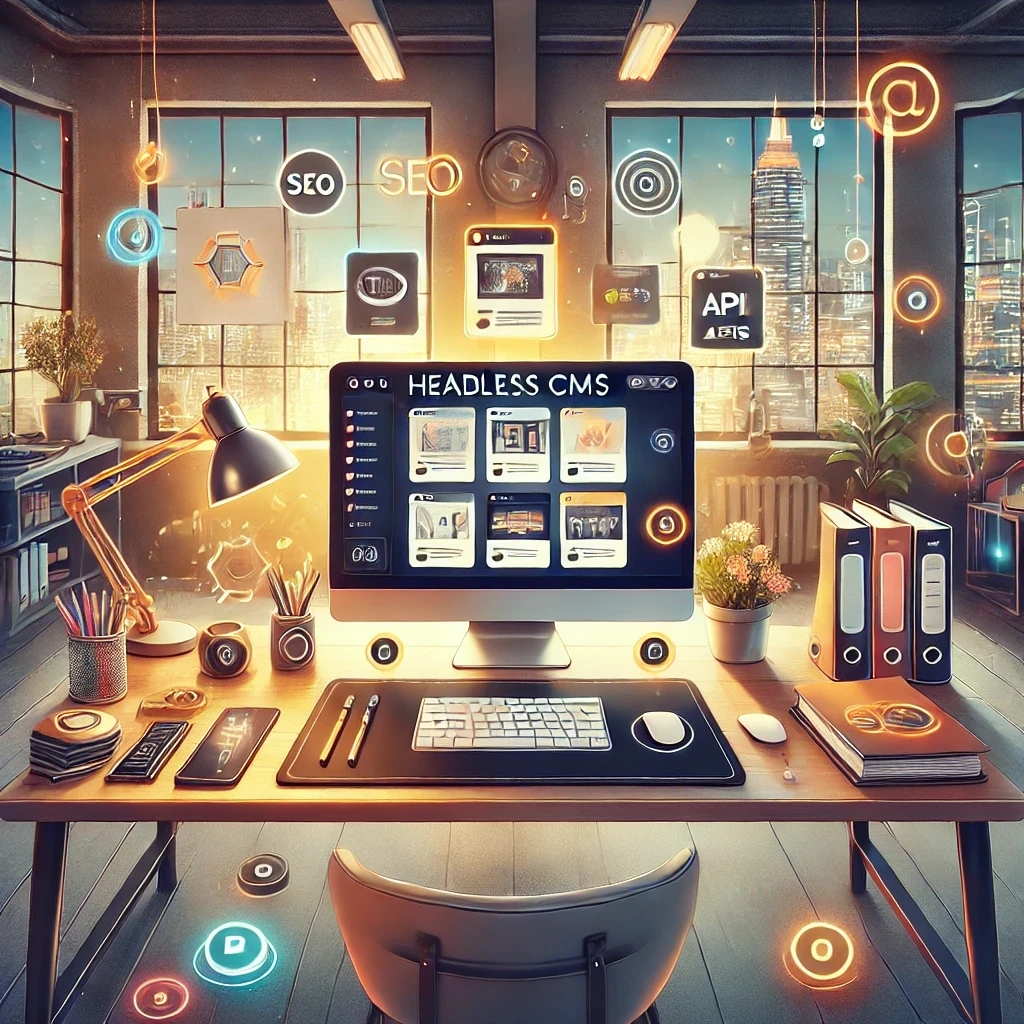
Best Headless CMS Solutions for Portfolio and Personal Websites
Showcase your work with ease using Orbitype—the ultimate Headless CMS for portfolio and personal websites. Enjoy seamless integration, powerful customization, and SEO-friendly features designed for creators and developers.
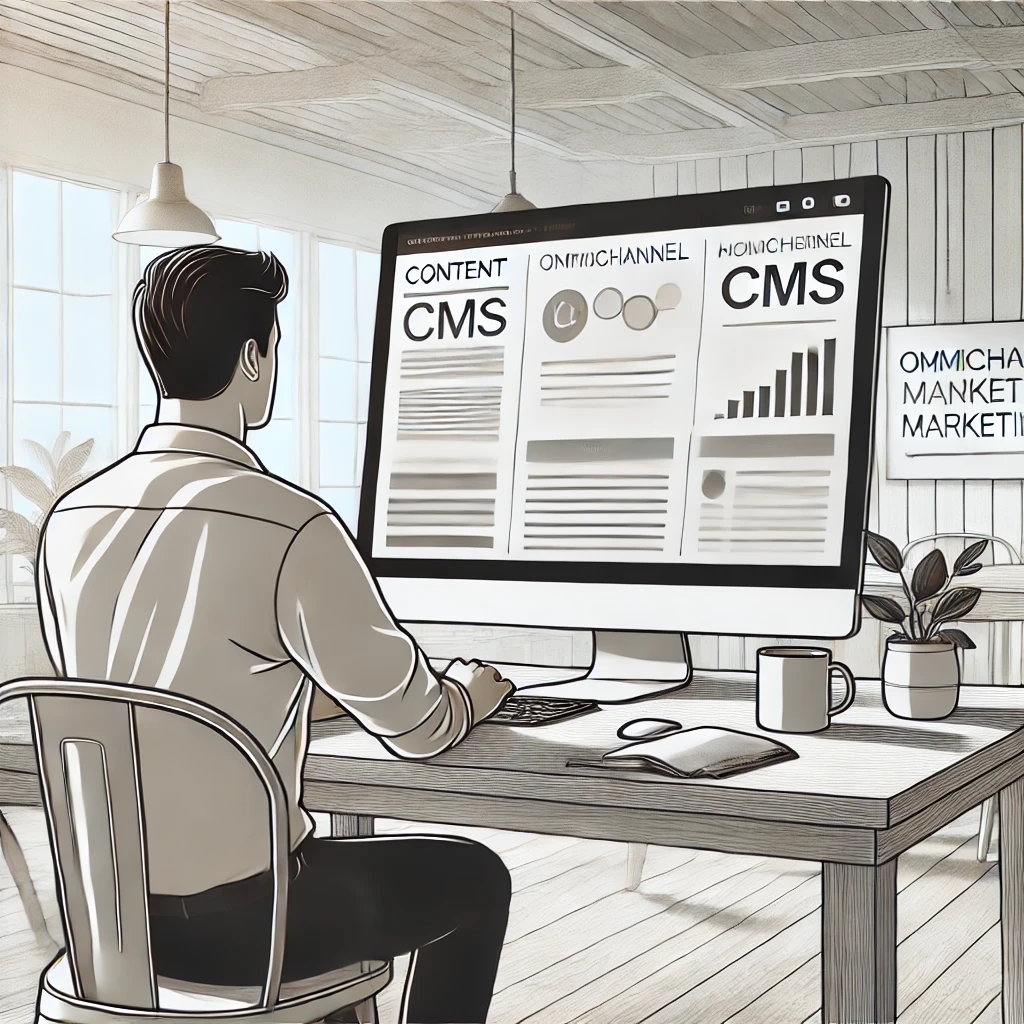
How Headless CMS Empowers Omnichannel Marketing Strategies
Boost your omnichannel marketing strategy with a Headless CMS. Centralize content management, deliver personalized customer experiences, and ensure consistency across platforms.
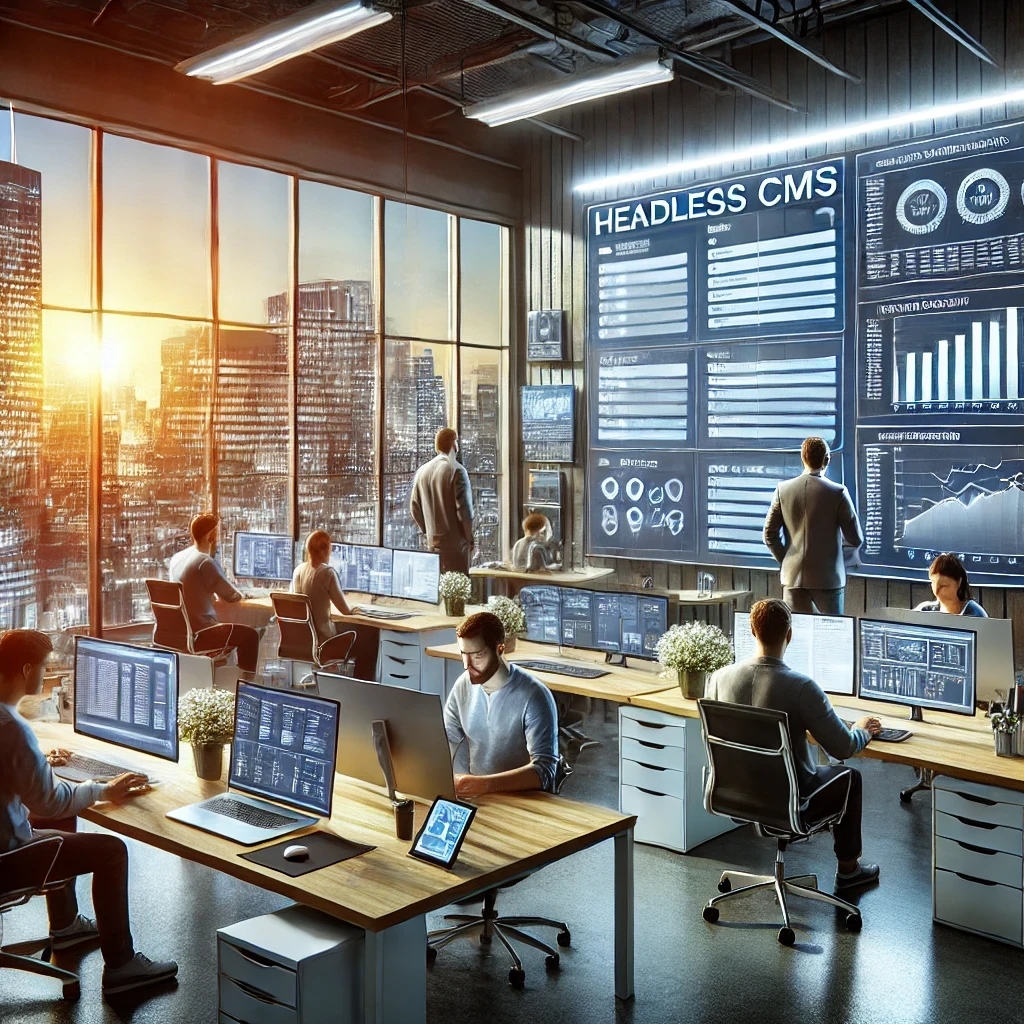
How to Scale Your Website with a Headless CMS for High Traffic
Scale your website effortlessly with a headless CMS like Orbitype—achieve faster load times, seamless scalability, and reliable performance during high-traffic surges
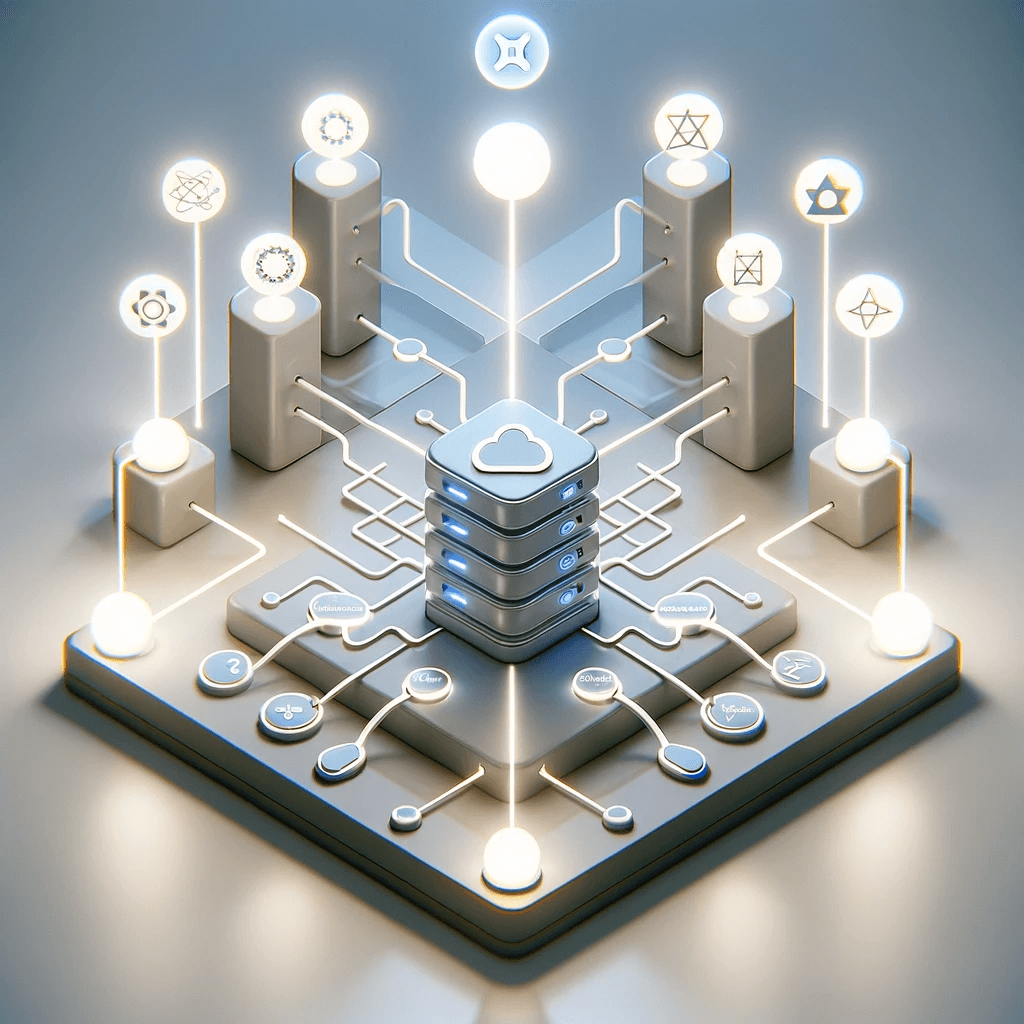
CMS for React - Orbitype Headless CMS
Orbitype is the ideal CMS for React developers, combining seamless API integration, flexible content management, and scalability to create fast, dynamic, and customizable web applications effortlessly.
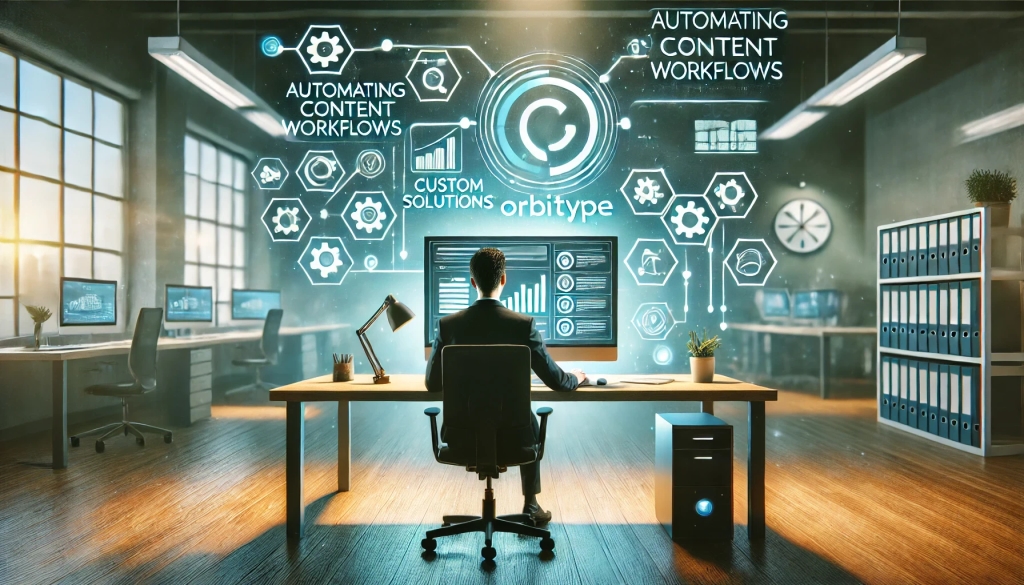
Automating Content Workflows with Orbitype’s Custom Solutions
Discover how Orbitype's custom CRM and ERP solutions revolutionize content workflows. Automate processes, reduce manual tasks, and improve productivity for software development agencies with tailored tools for seamless collaboration and efficiency.